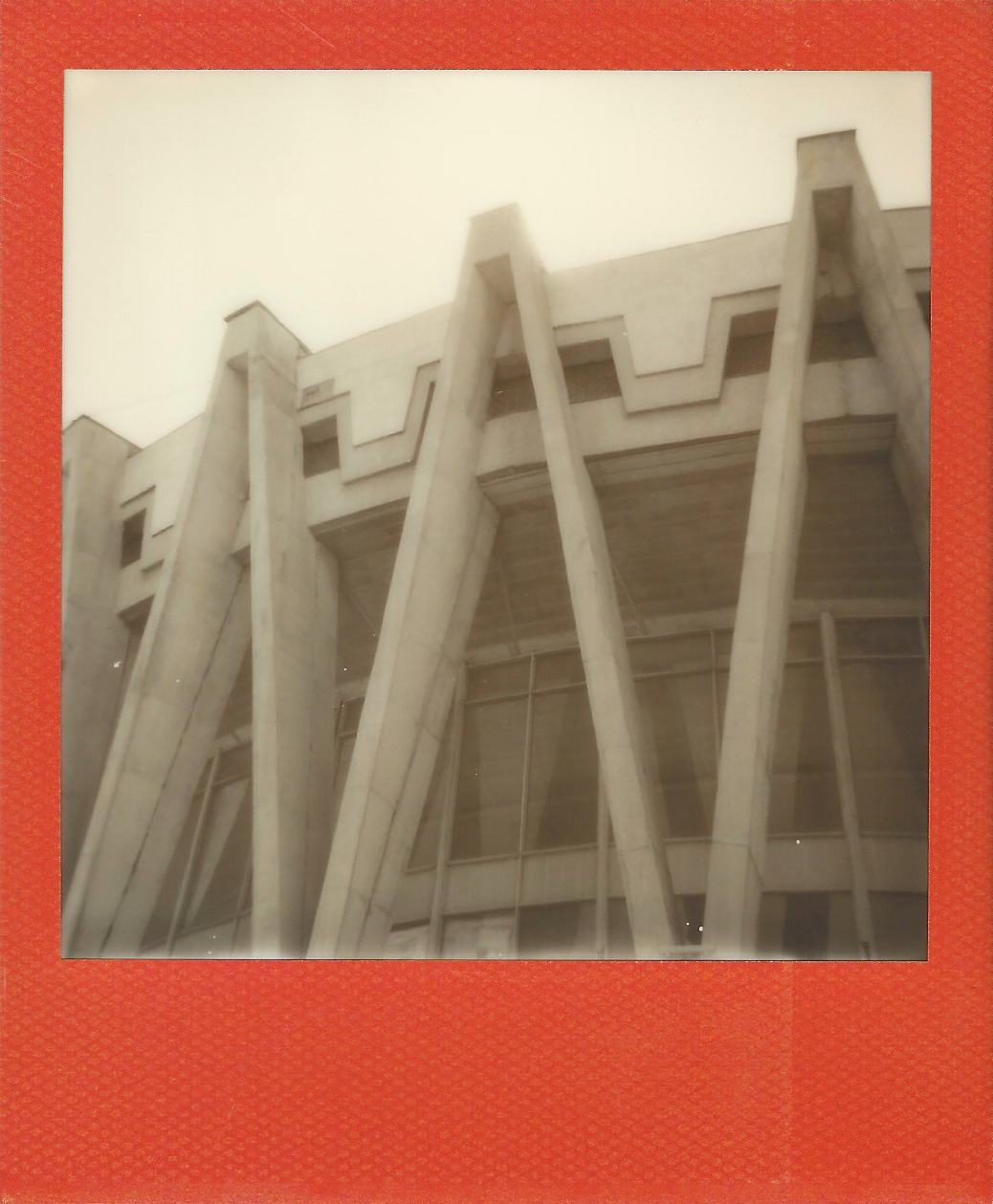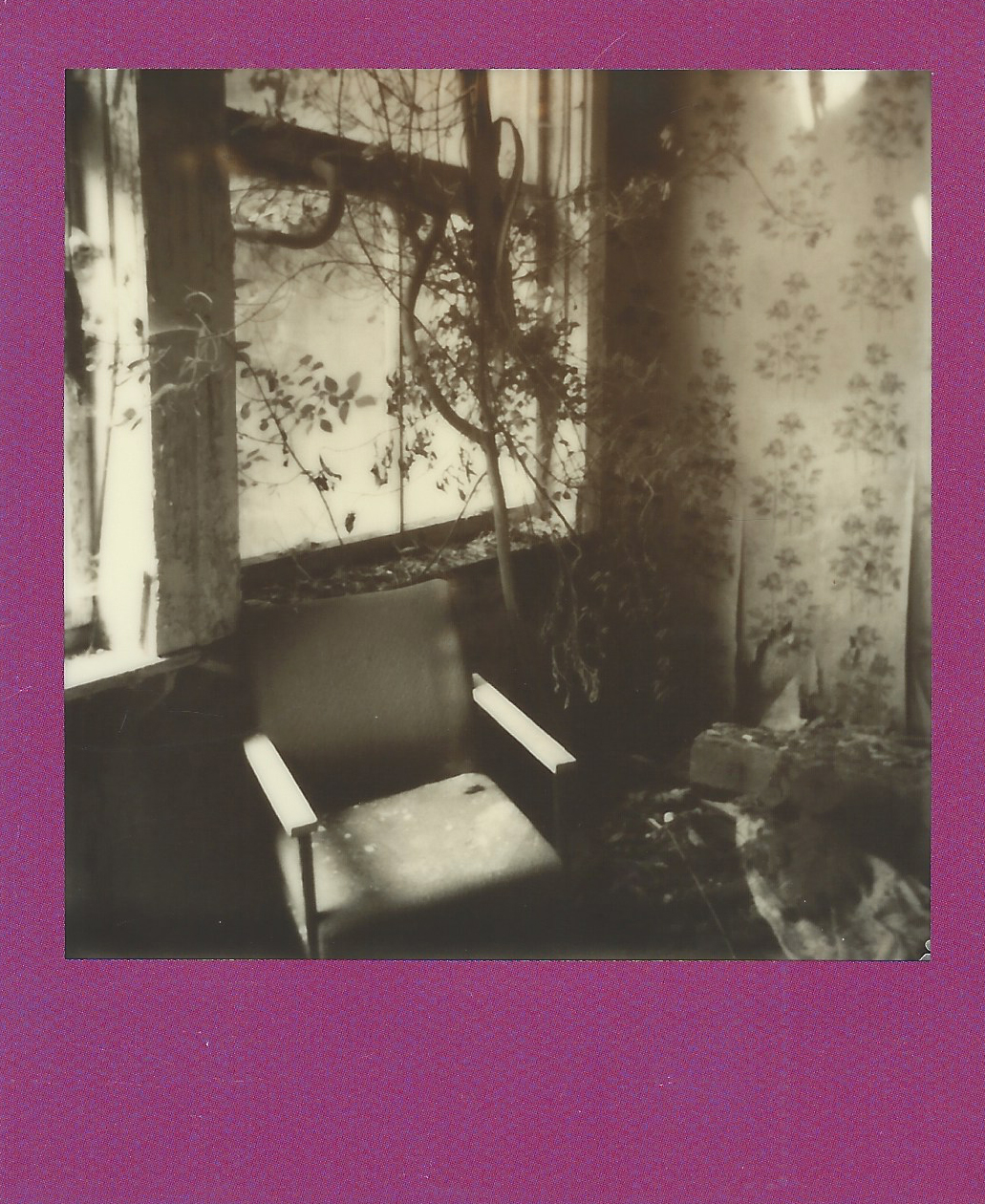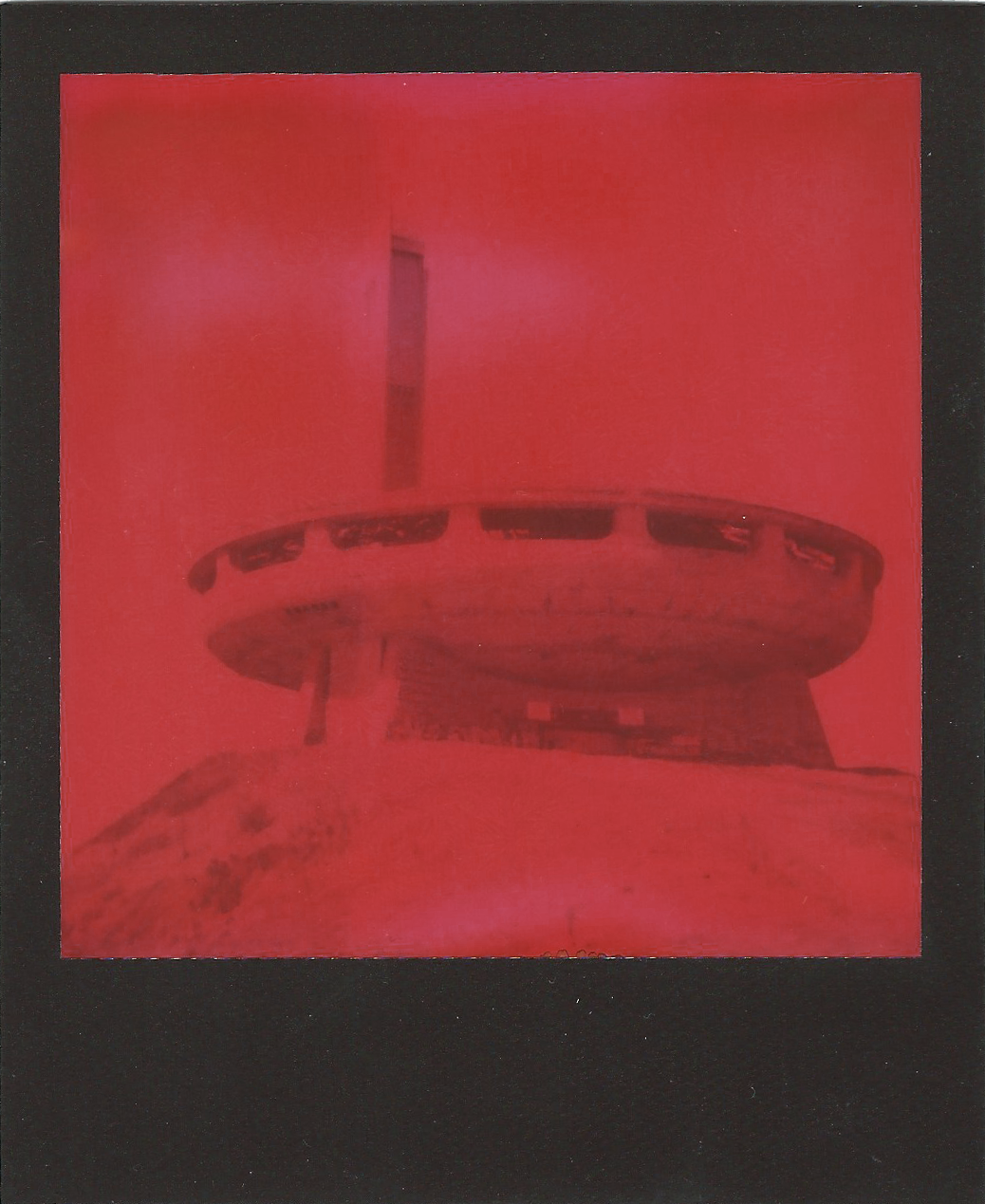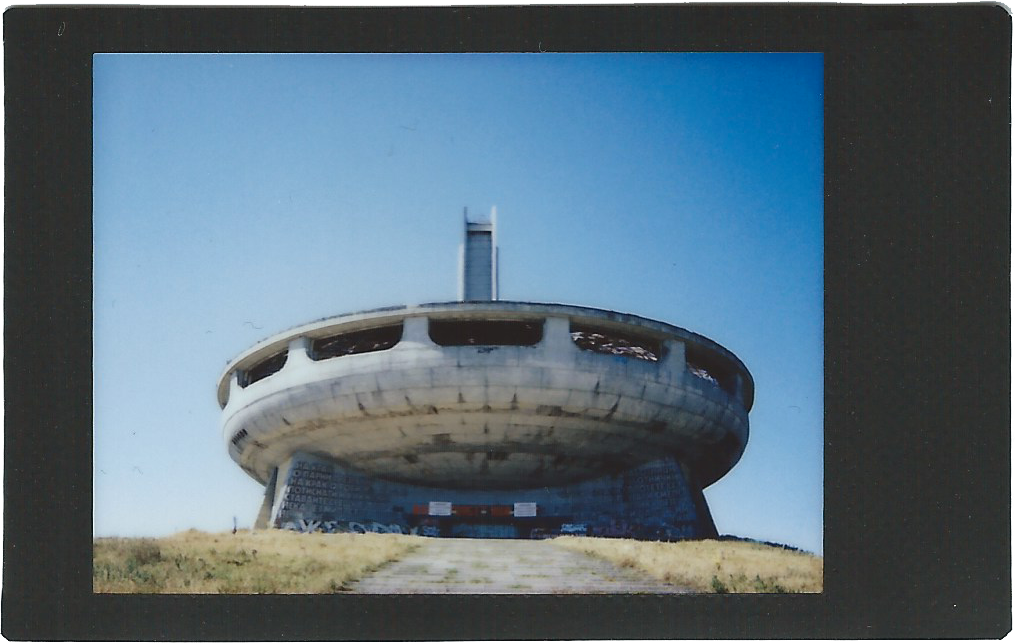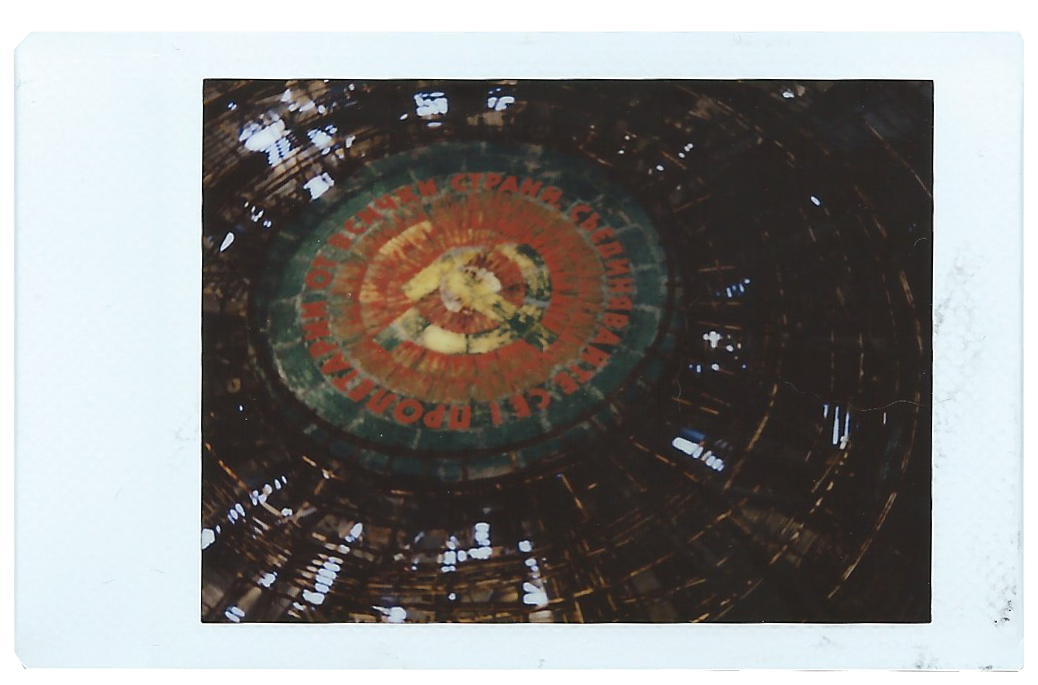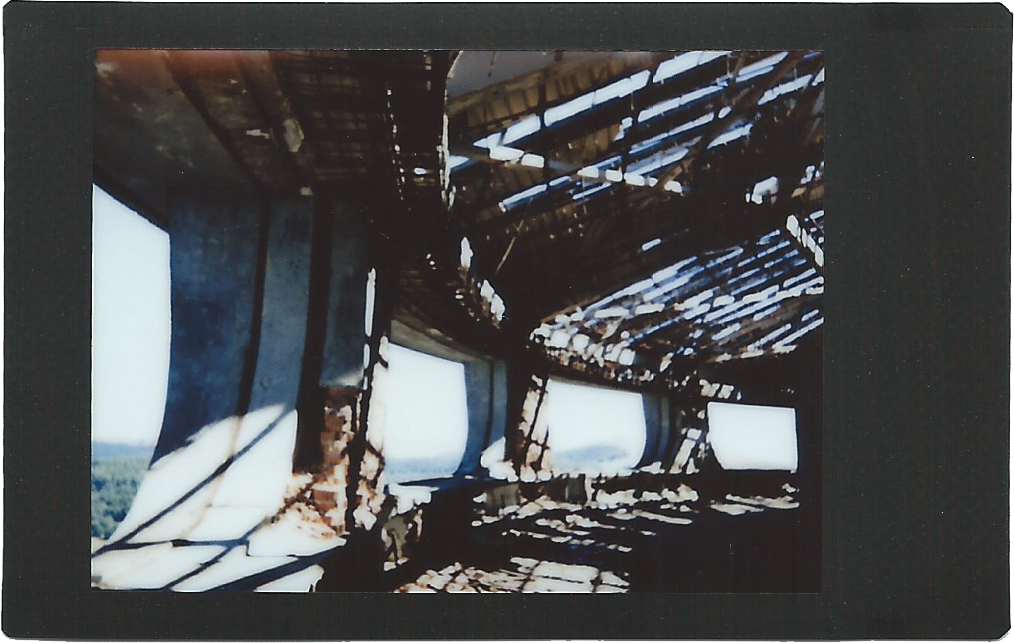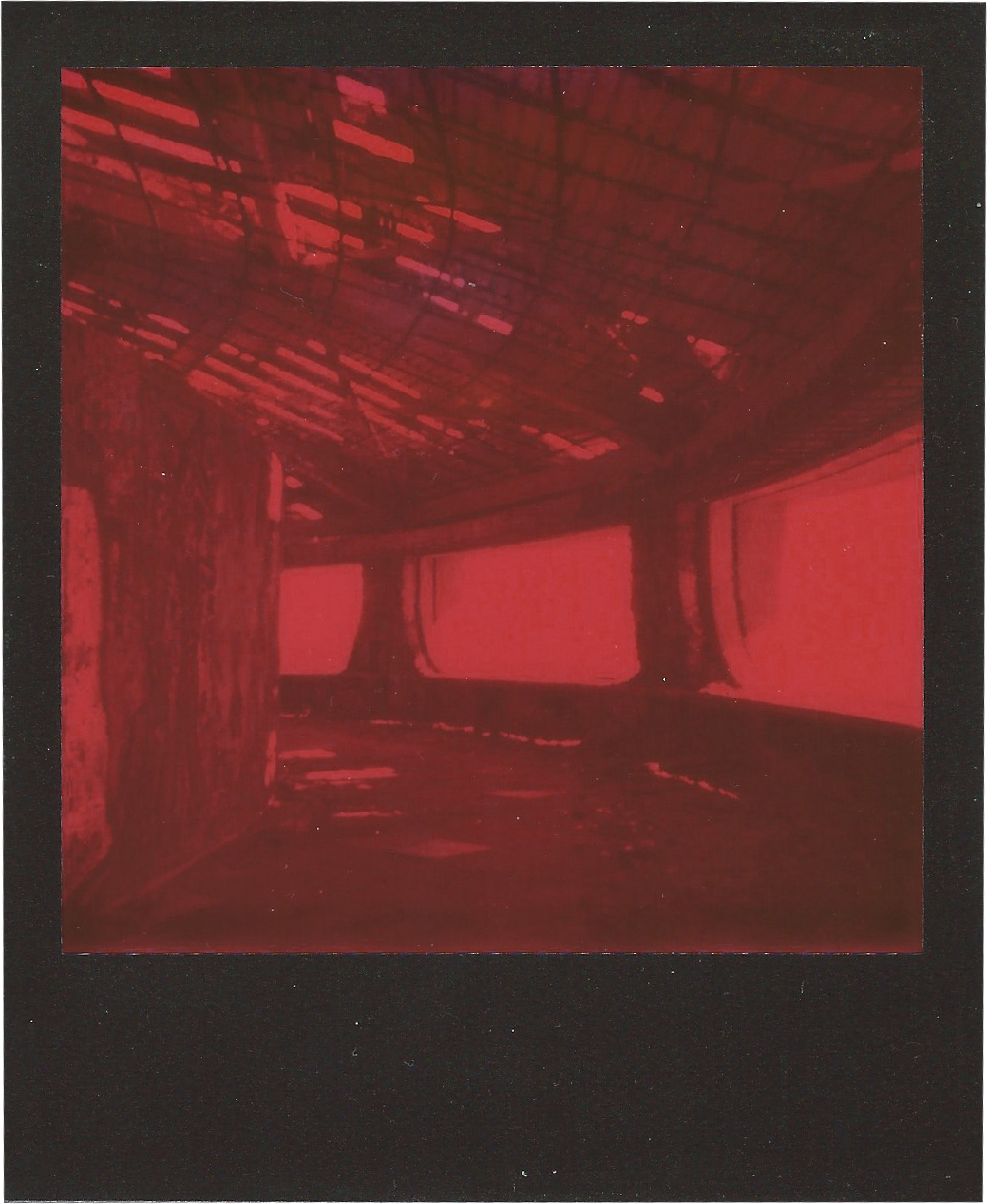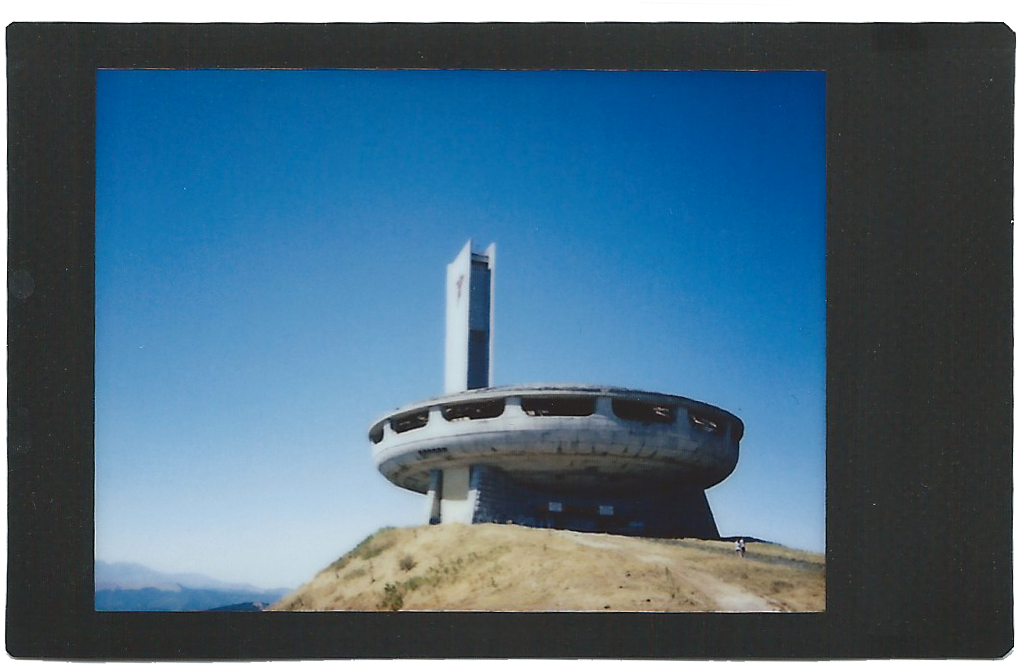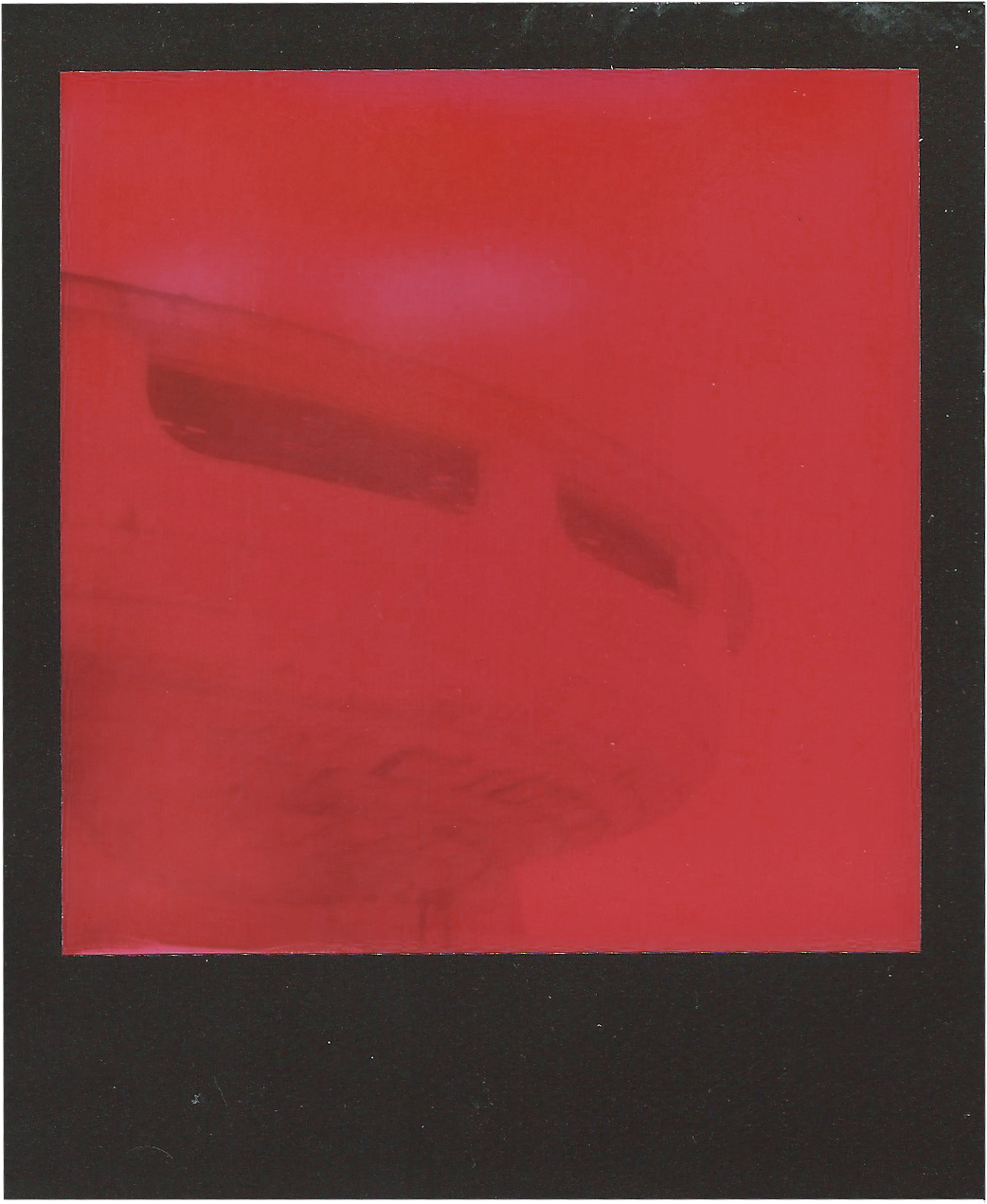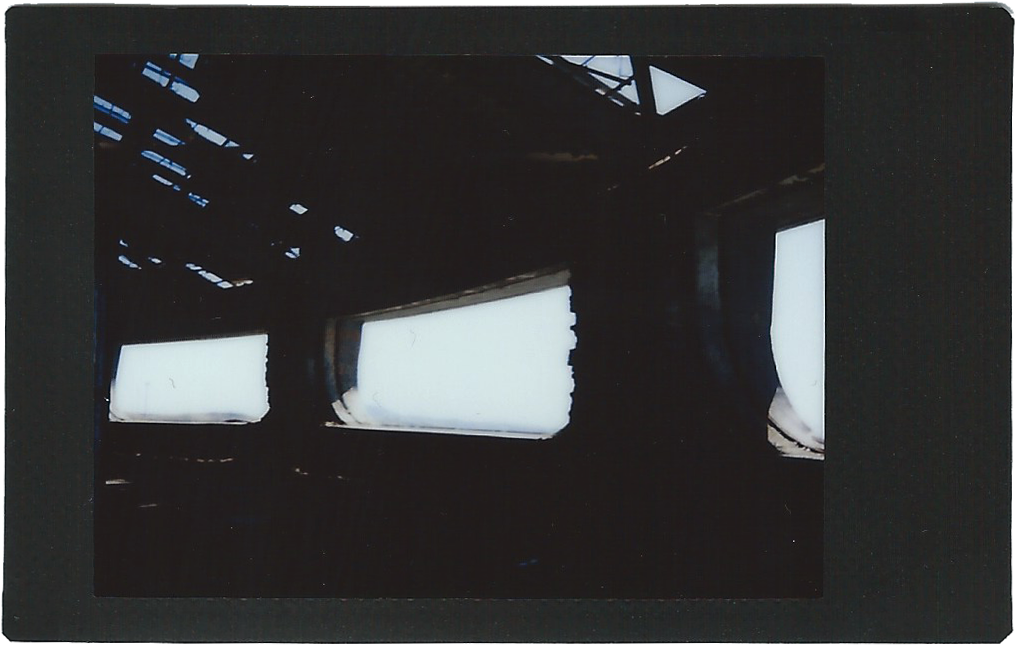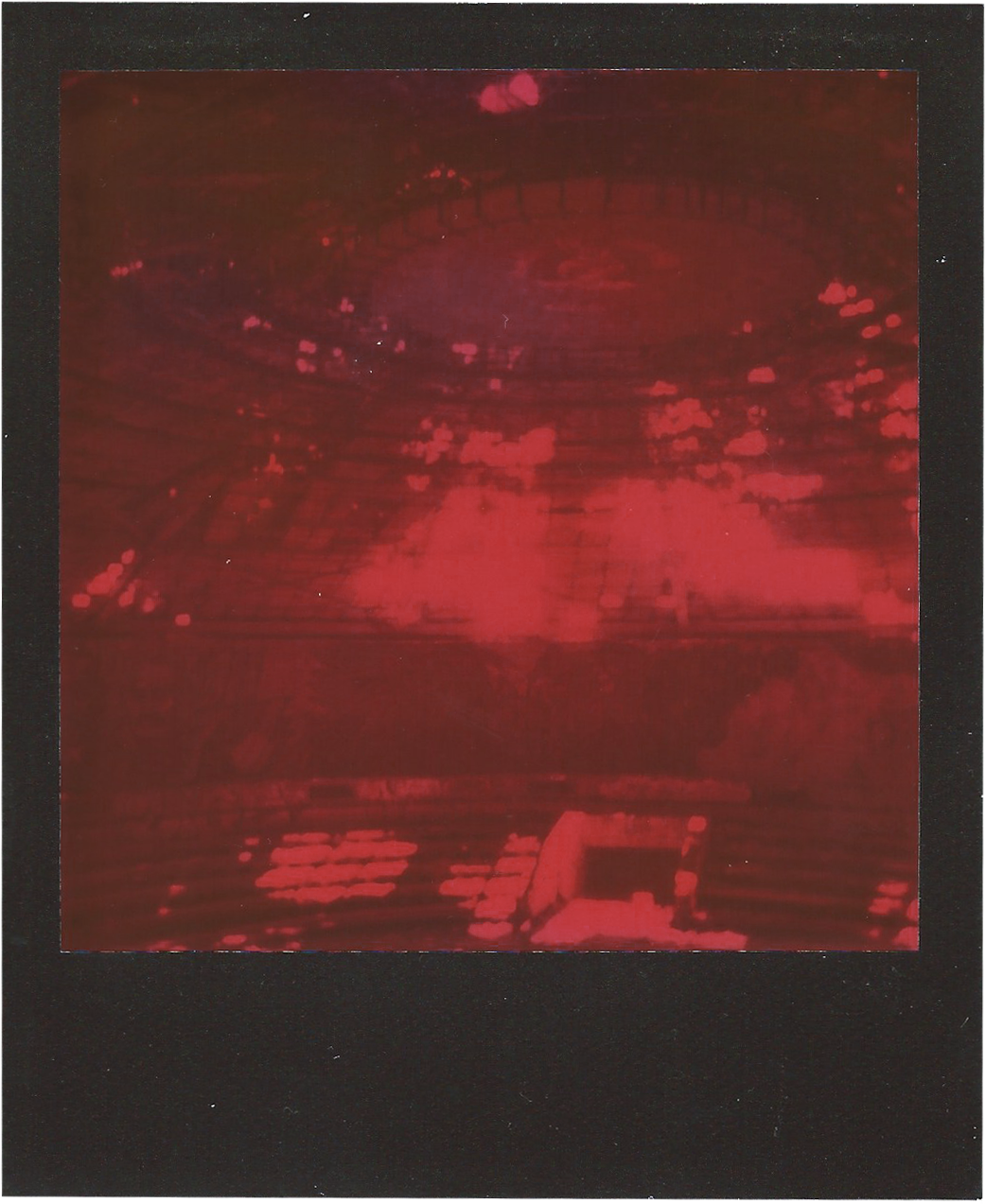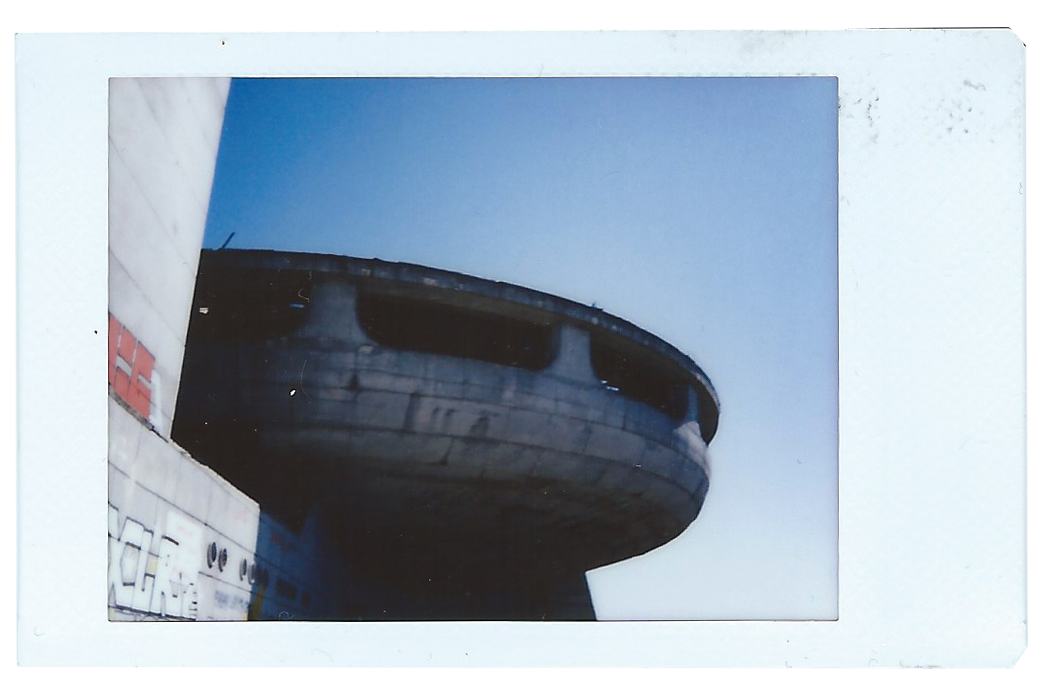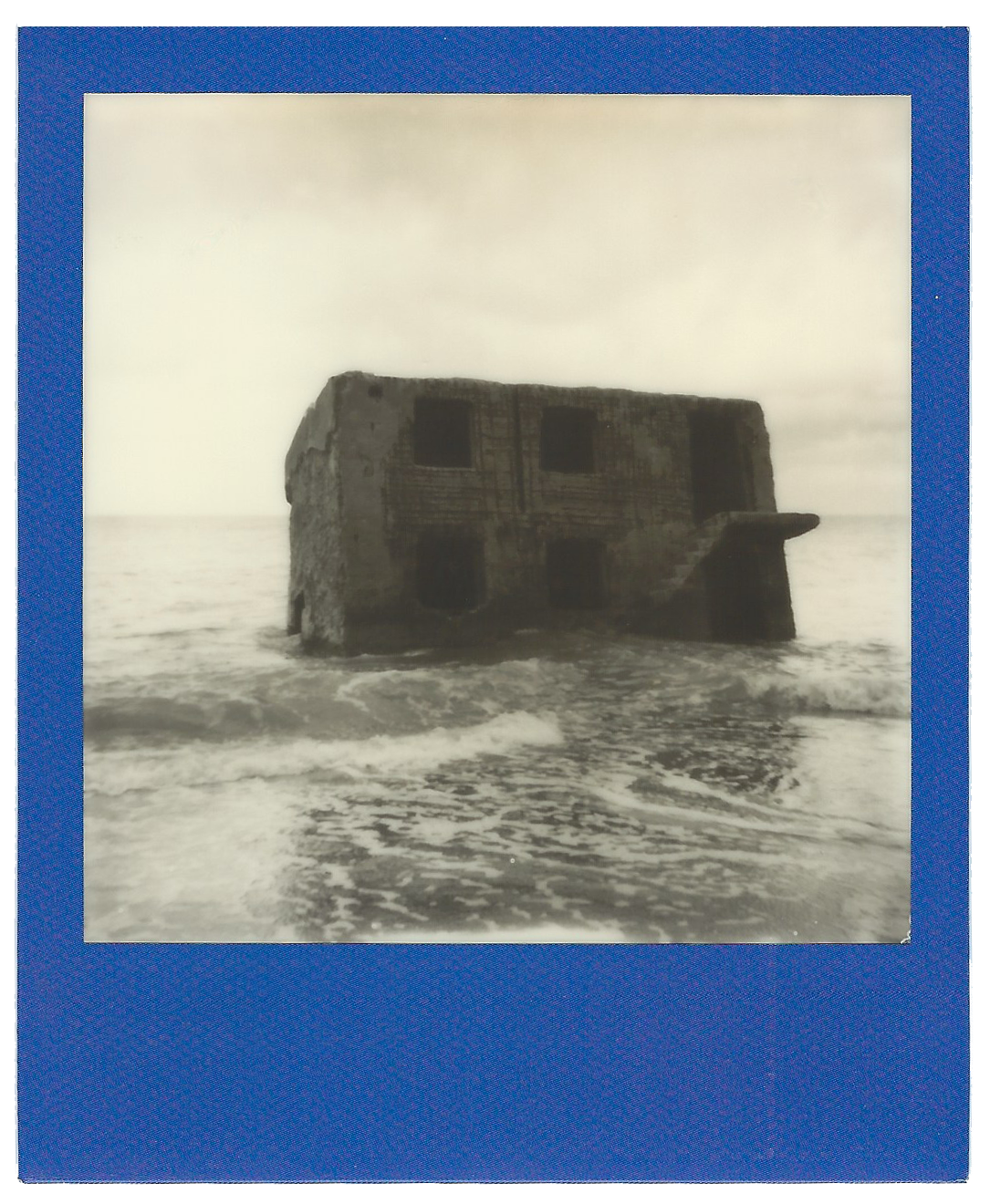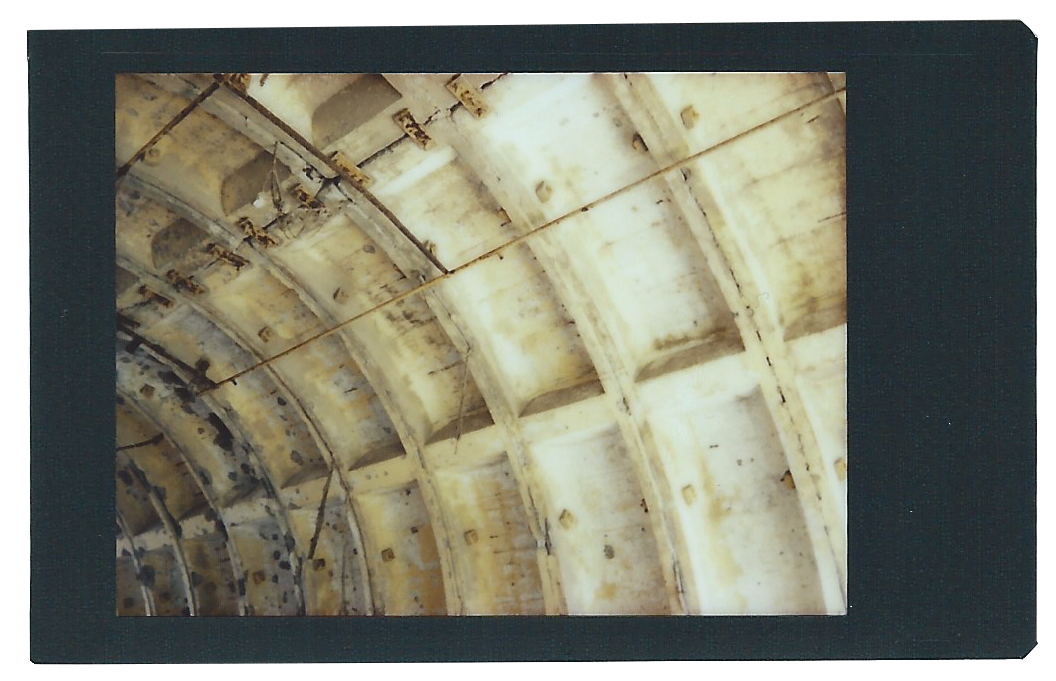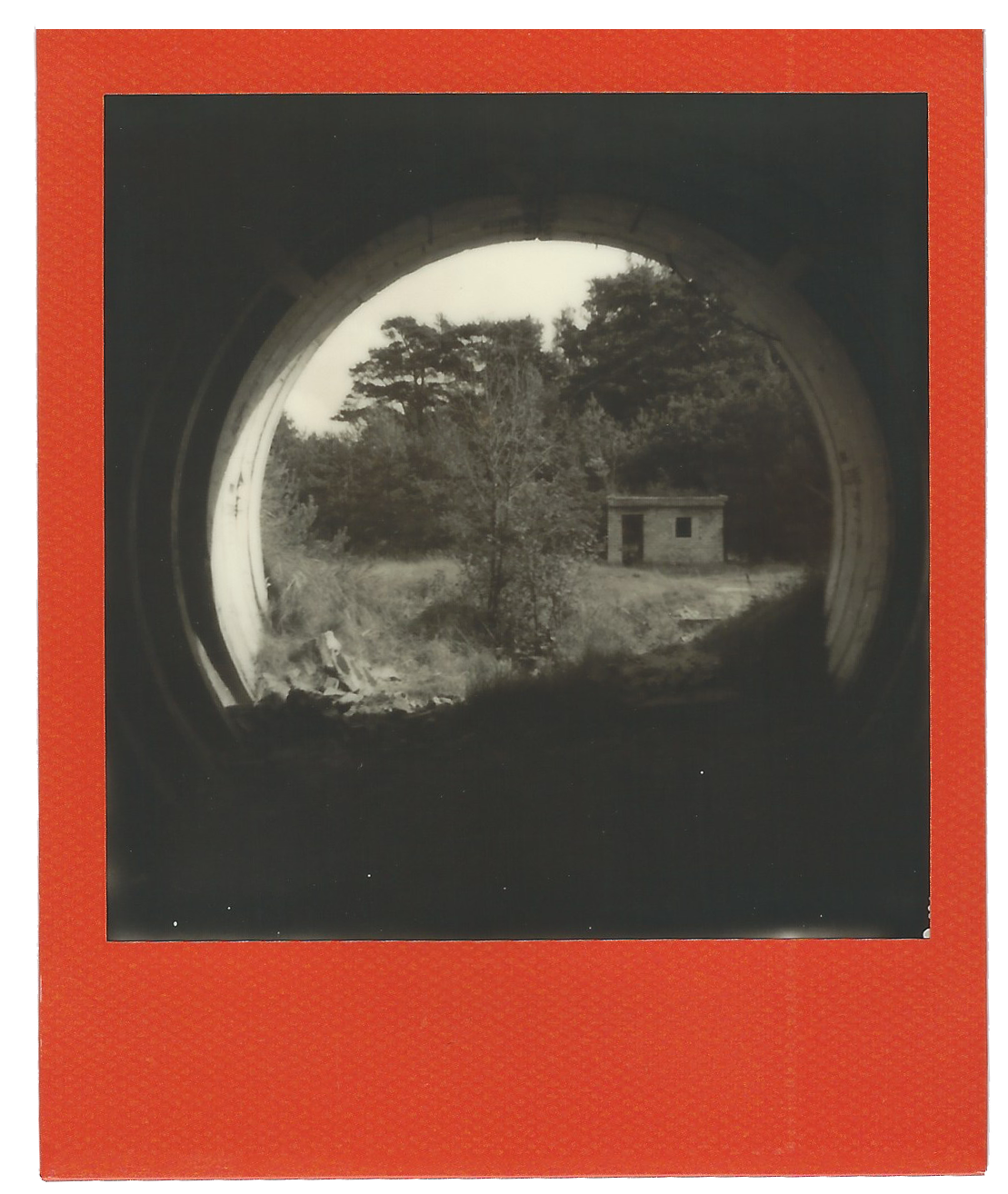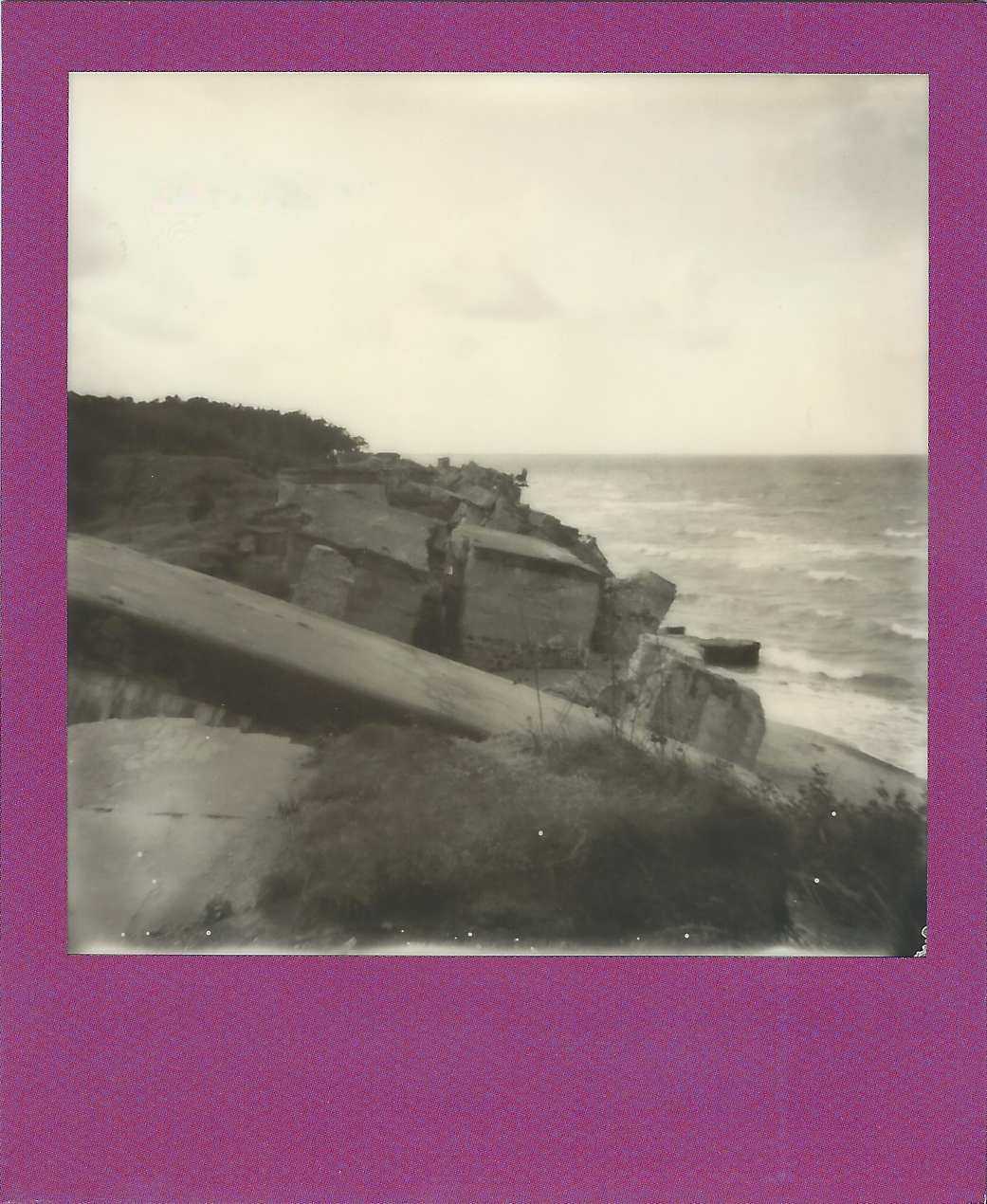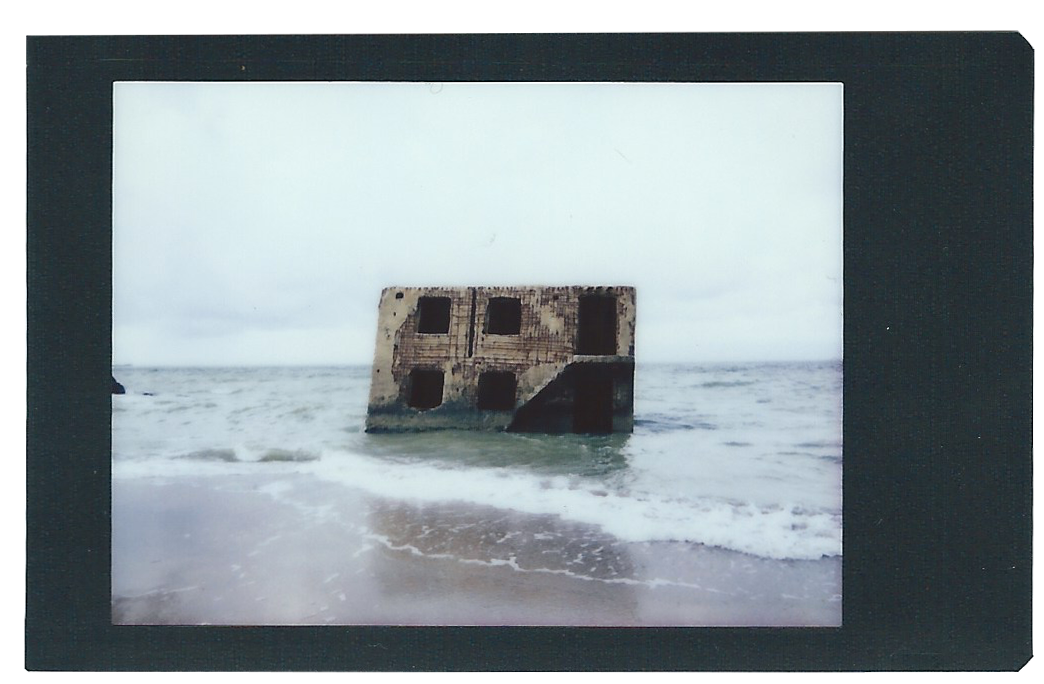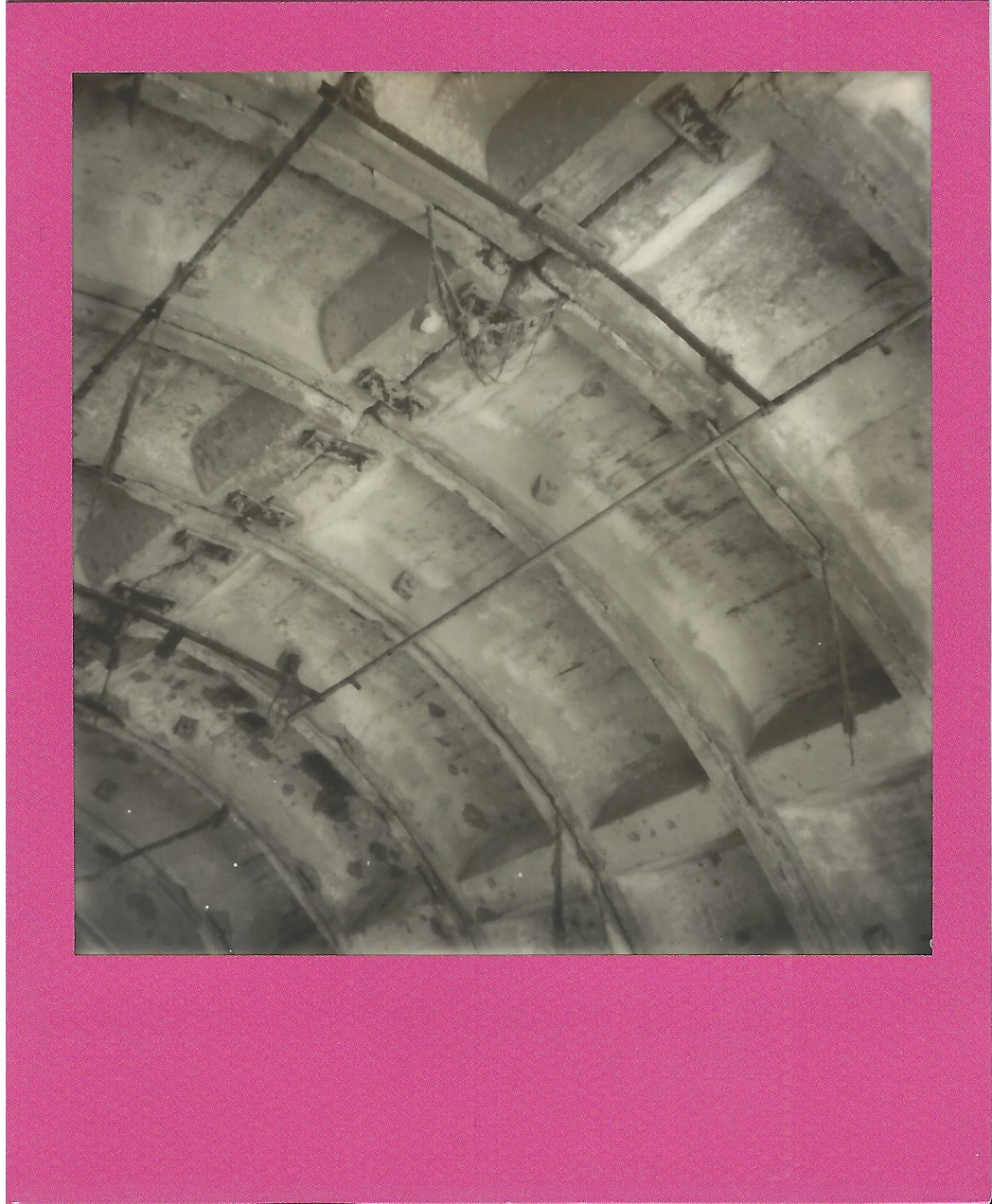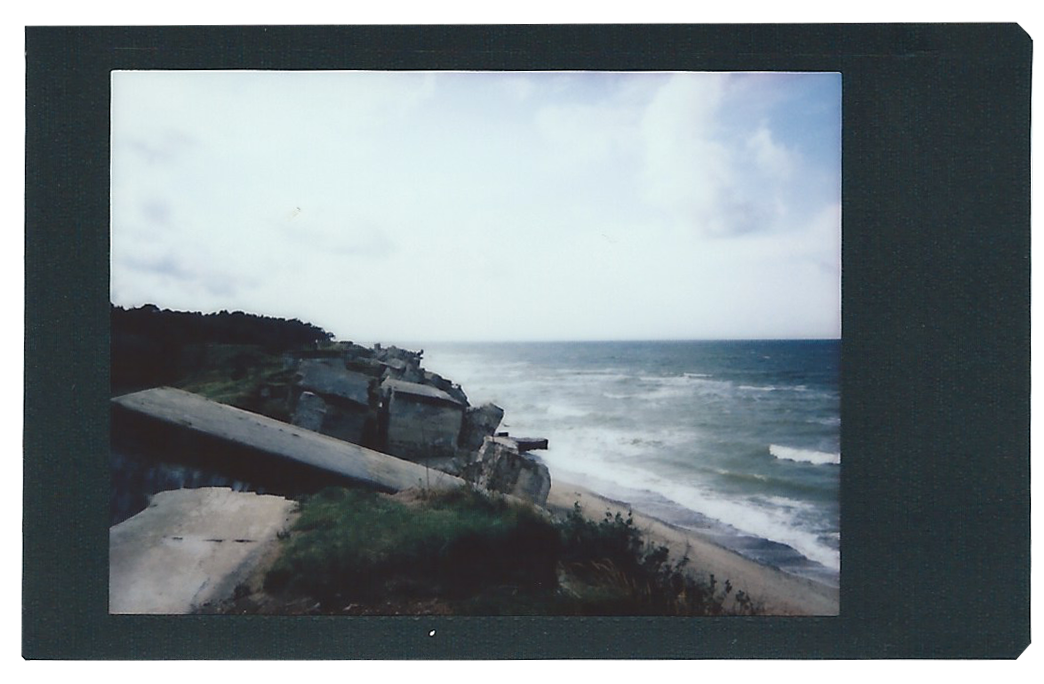Among the most iconic flying saucers in the world, this béton brut monster overtops the landscape of Stara Planina, halfway between Plovdiv and Veliko Tărnovo.
Its story dates back to the early Seventies, when a fundraising among Bulgarian people was promoted by the government: a party house had to be built on Buzludzha peak.
Architect Georgi Stoilov (later also designer of the Arch of Liberty in the Beklemeto Pass) came up with the idea of a gigantic brutalist ufo landed on the top of the mountain – plus an adjoining majestic tower proudly sporting two embellished glass red stars, alleged to be among the biggest in the whole Eastern Bloc.
The raw concrete spaceship was inaugurated on 23th of August 1981. The monument was public and available for free.
Massive crowds went to admire the grandeur of the brand new building: the magnificent view from the ribbon windows on the deck, the extra-large hammer and sickle on the dome, the mosaics on the round huge hall – on one side Marx, Engels and Lenin, opposite Blagoev, Dimitrov and the General Secretary Zhivkov, even though at that times still alive and ruling.
Unfortunately, the luck of Buzludzha memorial was very short.
In use only for 8 years, in 1989 it was abandoned to its destiny following the collapse of People’s Republic of Bulgaria.
The Monument House of Bulgarian Communist Party was left to rot, becoming one of the most beloved urban exploration destinations of the Balkans.
Its fate is still unclear.
